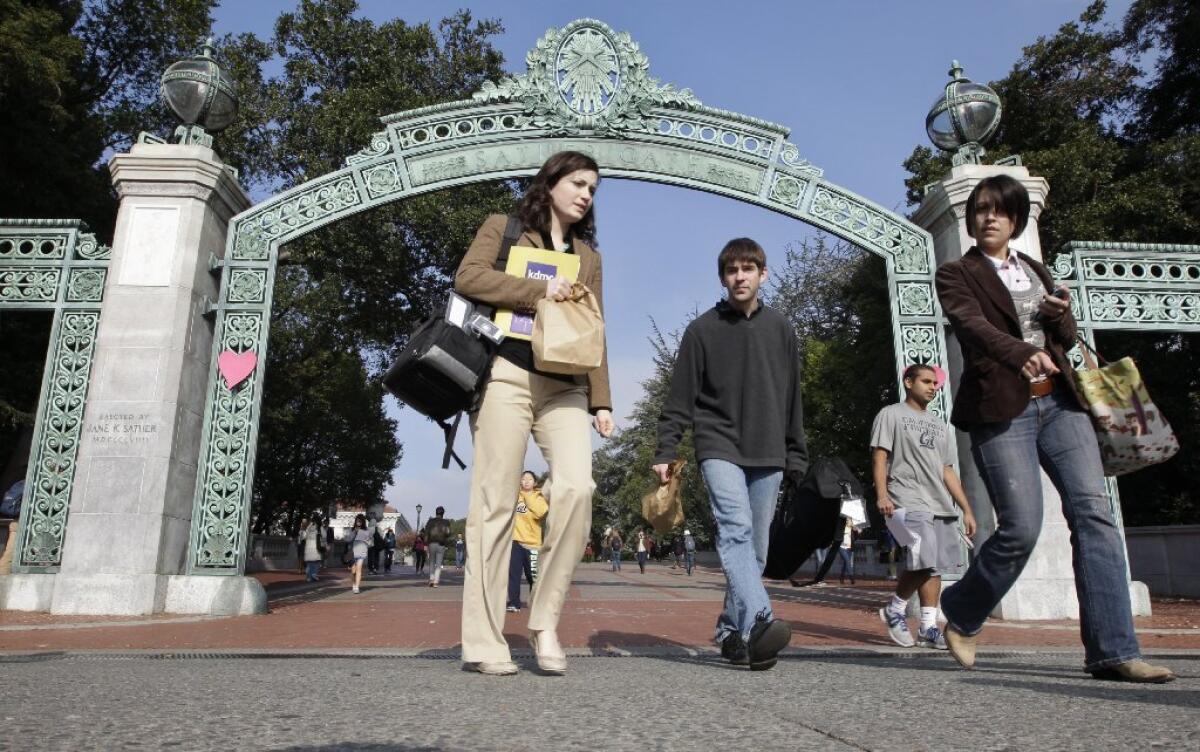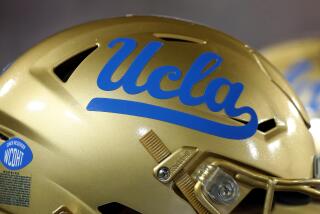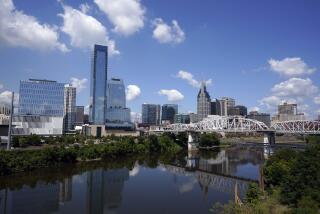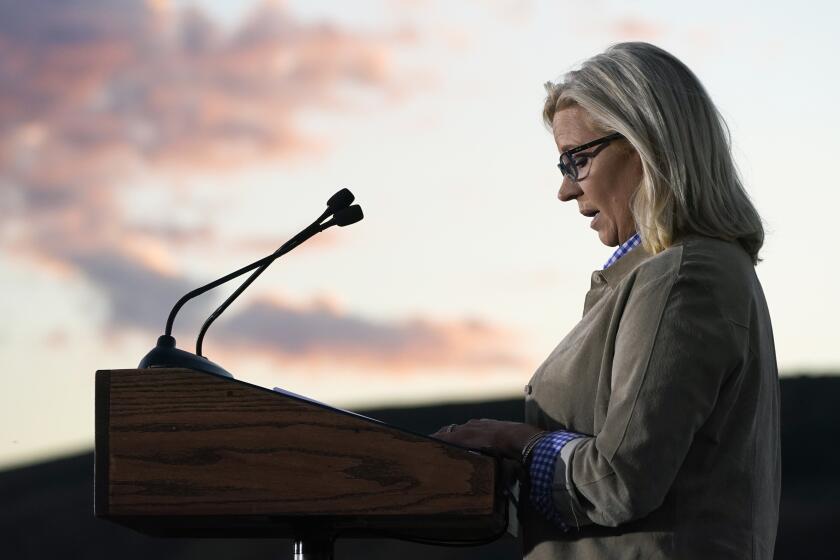Op-Ed: As college presidents earn big bucks, students pay more and get less

Each spring, as college graduates collect their diplomas and their first student loan payment slips, the Chronicle of Higher Education publishes its list of public university presidents collecting the biggest paychecks. Median salaries were up 5% for the 2013 fiscal year. Nine presidents took home more than $1 million.
Why should students and faculty — and everyone who cares about them — pay close attention to the upward spiral of such salaries? Because according to our research, these highest-paid presidents are more likely to preside over public universities where student debt is growing fastest and the number of full-time faculty is shrinking.
In our analysis, published by the Institute for Policy Studies, we asked a simple question: How are the highest-paid presidents doing when it comes to addressing the crises of rising student debt and part-time, or temporary, faculty labor?
Not well. From 2005 to 2012, average student debt at the 25 state schools with the highest-paid presidents rose 13% faster than the national average at four-year public universities. Permanent faculty — 54% of total faculty in 2005 — fell to just 48% by 2011. The number of part-time and temporary faculty members at these schools rose 29% faster than the national average for all universities, including community colleges.
The effects of crushing student debt are well known. But the decline of permanent faculty may hurt students even more by reducing the quality of their education.
In a recent survey, 98% of part-time faculty said they were “missing opportunities to better serve their students because of the demands of their schedule.” The majority were teaching at more than one school. Some taught as many as 10 courses per semester. Temporary faculty, even if working full time, move on quickly when their contracts end. They leave behind students who would otherwise depend on them as advisors and for career planning.
In other words, public university students are paying more and getting less. Meanwhile, presidents’ salaries are placing them out of touch with the middle class their institutions are supposed to serve. What’s to be done?
Capping presidents’ pay would be a start. No public university president should make more than 12 times what any professor earns teaching a full load of courses. State legislatures could mandate such a ratio. If average pay for adjunct faculty teaching a full load were raised to $45,000, a president could still make $540,000. That is more than the presidents of UC Berkeley, Wisconsin-Madison or UNC-Chapel Hill — peer institutions of the 25 in our study — were paid in 2012.
The federal government could also help. Schools that disburse federal financial aid could be required to limit non-academic administrative expenditures to no more than two times the amount given in scholarships. That is where the ratio stood before presidents’ pay skyrocketed after 2008.
Finally, instead of appointing millionaires as trustees, governors should select citizens who represent the socioeconomic diversity of their states. This would encourage presidents to run the university in the interest of poor and middle-class students — and lead to the hiring of such leaders.
State universities were intended to lift the economic prospects of the poor and middle class. Maybe if the highest-paid presidents were outpacing the pack at doing that, their salaries wouldn’t seem such an outrage. But instead, we see presidents getting richer while students are saddled with debt and part-time professors are living in poverty.
Marjorie Elizabeth Wood and Andrew Erwin are coauthors of “The One Percent at State U,” a new Institute for Policy Studies report available at IPS-dc.org.
More to Read
A cure for the common opinion
Get thought-provoking perspectives with our weekly newsletter.
You may occasionally receive promotional content from the Los Angeles Times.










